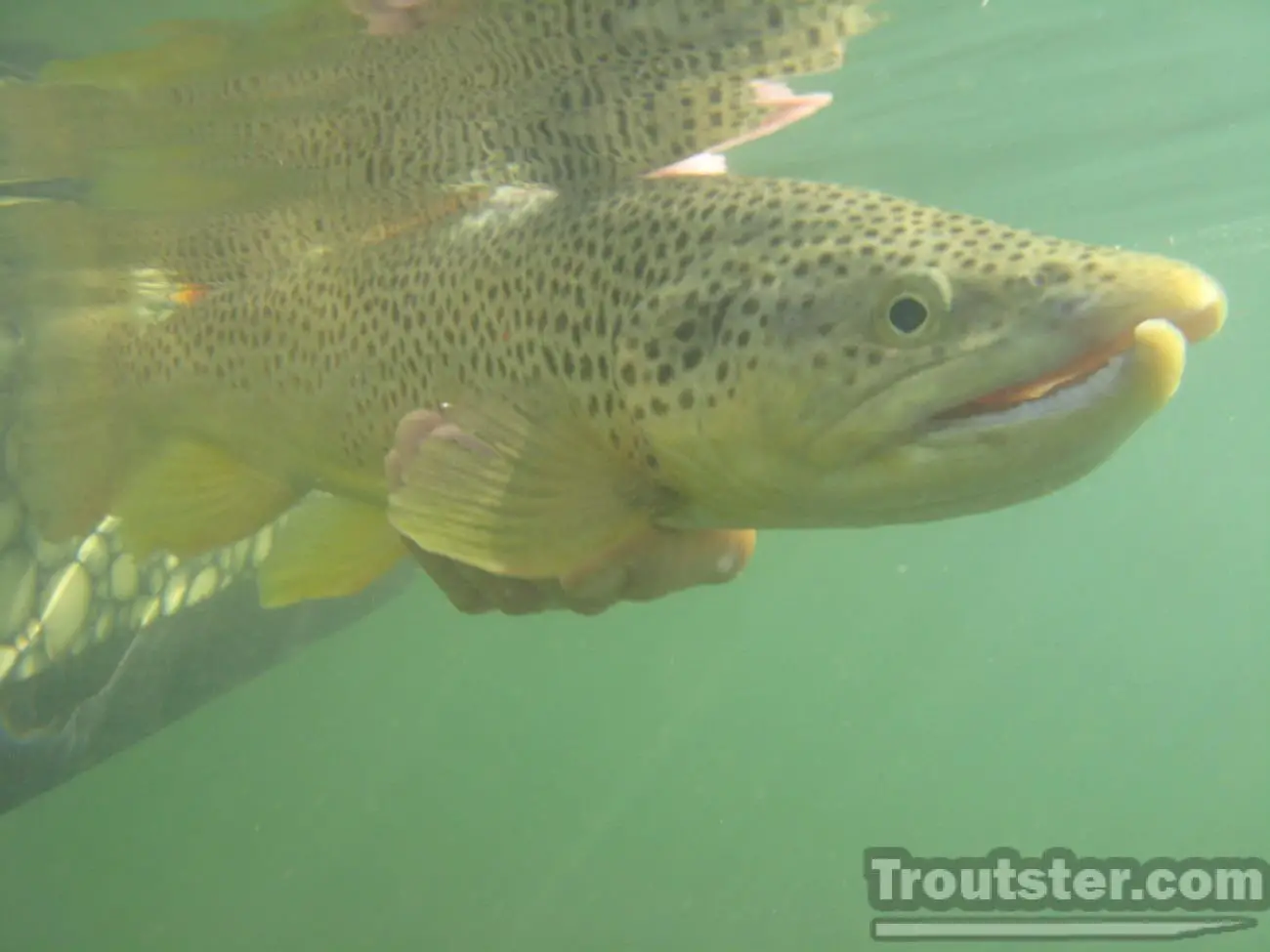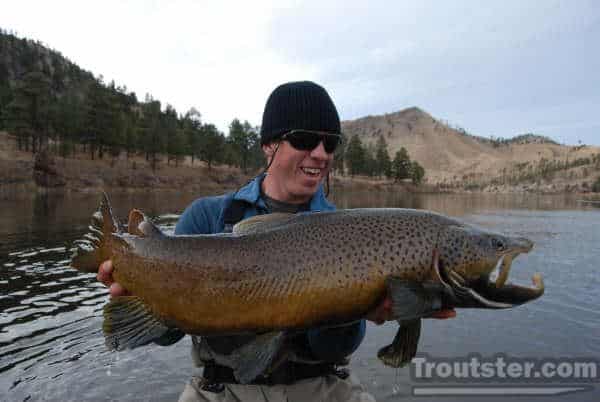 Understanding What a Kype Is
Understanding What a Kype Is
A common question is, “What is a kype?” A kype is a name for the large hook shape on the lower jaw of certain fish. Brown trout, rainbow trout, many other male trout, and salmon all develop kypes during spawning periods. Most people use the presence of a kype to determine the gender of certain fish. Female fish do not develop kypes, in fact their faces and heads will often become more rounded during spawning season—making them easy to differentiate from the males.
What Are Kypes For?
The truth is that male trout need kypes as weapons. During spawning times, their kypes enable them to nip and bite at other male fish to keep them away from the females. This way, unwanted fish will not be able to spawn with those females or fertilize their eggs.
This transformation typically happens two to four weeks before spawning times, but in a lot of cases (especially with large brown trout) these fish will never lose their kype. Instead, when they are re-entering spawning times years later, their kypes continue to grow larger. The fast growing skeletal tissue will fuse with the dense dental bones, leading to a permanent kype that continues to grow in size. This gives them an extraordinary advantage over any younger, smaller fish. The male trout will go through these physical changes as they develop a kype with strong teeth and usually have a significant increase in body coloration in order to impress females of the species. As the spawning season concludes, most trout species will begin to lose their kype as it absorbs back into their jaws.
Sizes of Kypes
Not all kypes are the same size. For example, brown trout are famous for their larger kypes. This is one of many reasons why they are so desired. The spawning time for brown trout is usually late fall or early winter. The spawning periods will vary slightly due to the waters that the fish are in—however, do not be surprised or confused if you do find a fish with its kype well out of spawning season. When you manage to catch a trout with an extraordinarily large and firm kype, this means that your fish is very strong and has probably survived for a long time.

